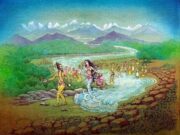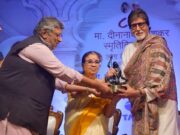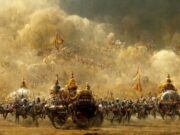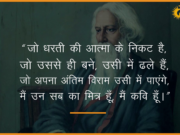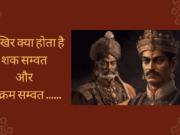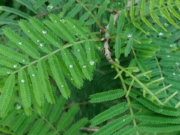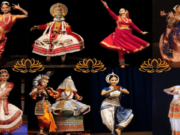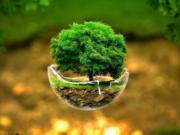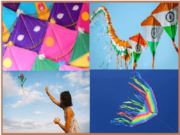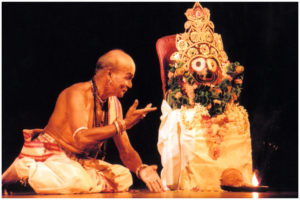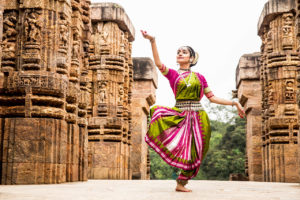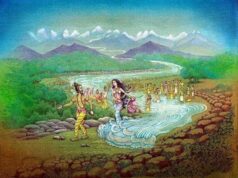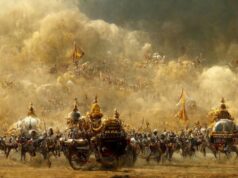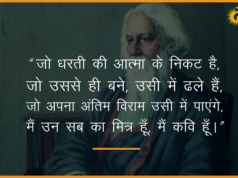The Odissi Dance Form is an ancient dance form of Orissa, India which has existed since ages and is one the oldest dance forms in India. Astounding stone sculptures of Odissi dancers in the famous Udayagiri caves, in Orissa show that the dance form existed even as early as 1st Century BC. A gorgeous and captivating dance form which pleases the senses, it is a nuanced art with fanciful stylization and expressive storytelling.
The intricate movements, dramatic expressions and hand gestures of Odissi dance portray enraptured devotion towards Lord, a remnant of Devadasi Culture of Temple Dancers. The Maharis of Eastern India would perform the dance in temples which were an integral part of daily rituals in the famous Jagannatha Temple. They would perform for Lord Jagannatha’s satisfaction and the Maharis would be considered his spouses and were given sustenance and land. But after the Devadasi system was banned, the dance form discontinued in temples.
In its journey through the ages, it has seen a long history of changing climates, where at one point the art form was encouraged by devout kings in the 17th Century who were patrons, to being suppressed by the British Colonials and then the revival of the dance by Guru Pankaj Charan Das, Guru Deba Prasad Das and Guru Kelucharan Mohapatra ,the trinity of influential teachers who brought Odissi out of the temples and onto the world stage.
Its performance range includes nrita, nritya, natya, and moksha. A characteristic aspect of Oddisi is the TriBhangi movement, where the Head, Chest and Torso are contorted to create stunning movements especially with the lower attire shaped as a fan. Mudras are hand gestures used to visually convey emotions without words and are an essential part of this dance form.
The dance-form has two paradoxical as well as compatible elements of powerful, energetic feet movements called Tandava and graceful, delicate postures and movements of the upper body, Lavasya.
In bright vibrant colours of purple, orange, green and red, Odissi dancers wear Sambalpuri, Kokhi or Bomkai Sarees with traditional borders of fine embroidery, found locally. The jewellery worn is usually silver ornaments like earring, necklaces, ankle bands and waist bands. Tahiya Gajra, the headdress for costume is a recognizable element of the dance costume unique to Odissi.
The dance form, said to be a marriage of technical and aesthetic expertise, has themes of Lord Krishna, the eighth incarnation of Lord Vishnu and is always in tribute of Lord Jagannath, Lord of the Universe.
Odissi has been practiced by renowned gurus like Guru Kelucharan Mahapatra, Guru Sonal Mansingh and Guru Pankaj Charan Das. Renowned gurus of this art form include Chitra Krishnamurti, Sanjukta Panigrahi and Arpita Venkatesh, who have showcased this art form in many regions of India and the world.


